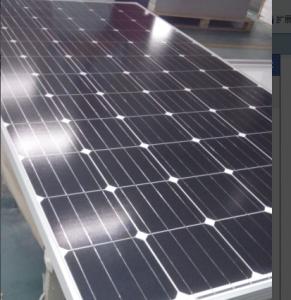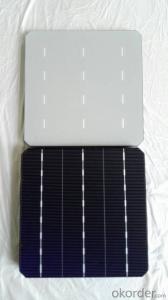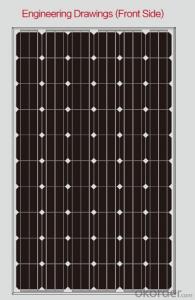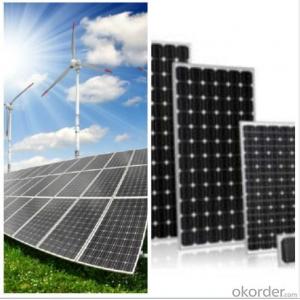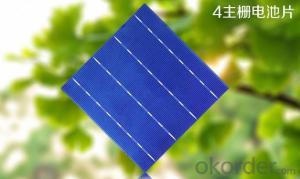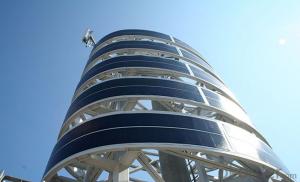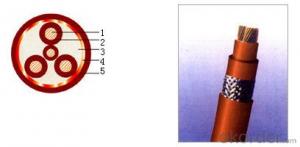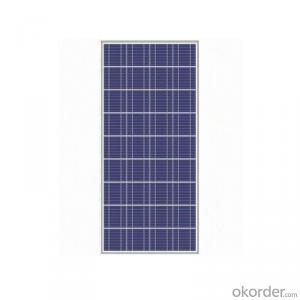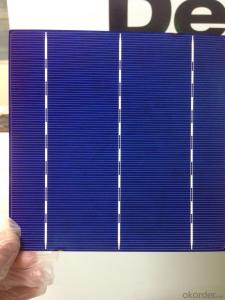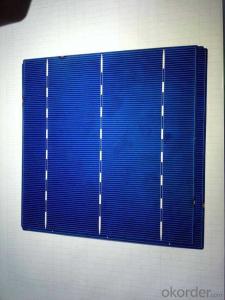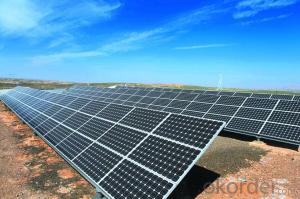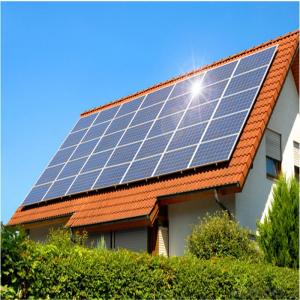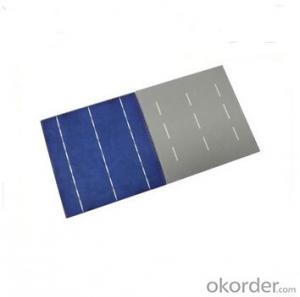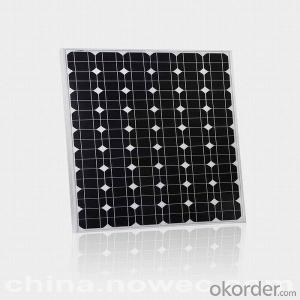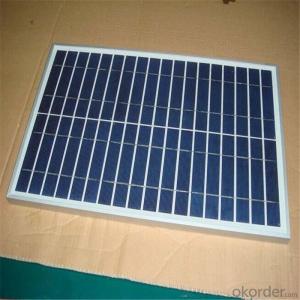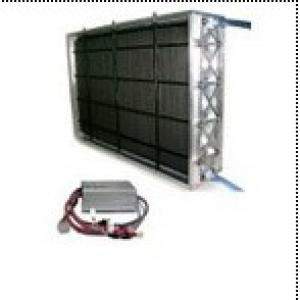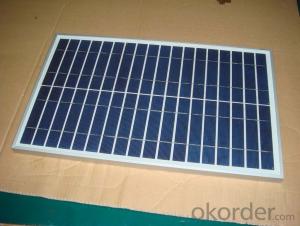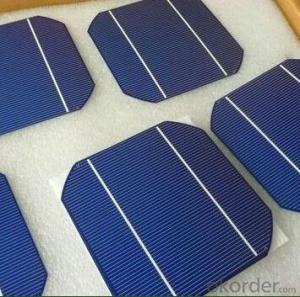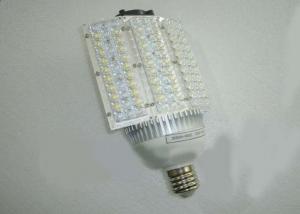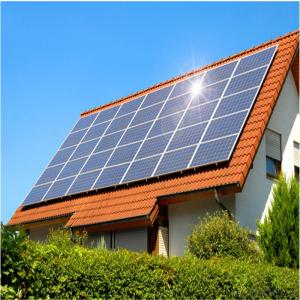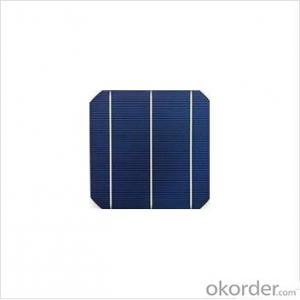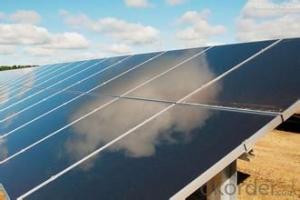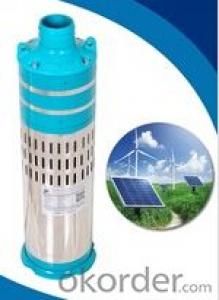High Power Solar Cells
High Power Solar Cells Related Searches
High Performance Solar Cells High Output Solar Cells High Wattage Solar Cells High Efficiency Solar Cells High Voltage Solar Cells High Temperature Solar Cells High Quality Solar Cells Highest Efficiency Solar Cells Hot Solar Cells Highly Transparent Solar Cells High Power Solar Inverter Photovoltaic Solar Cells Large Solar Cells Bulk Solar Cells Full Spectrum Solar Cells Solar Energy Cells 1st Generation Solar Cells Free Solar Cells Hexagonal Solar Cells First Generation Solar Cells Multilayer Solar Cells Low Cost Solar Cells Low Light Solar Cells Lightweight Solar Cells Heterojunction Solar Cells Electric Solar Cells Compact Solar Cells Hjt Solar Cells Home Depot Solar Cells Better Solar CellsHigh Power Solar Cells Supplier & Manufacturer from China
High Power Solar Cells are advanced photovoltaic devices designed to convert sunlight into electricity with high efficiency. These cells are engineered with advanced materials and technologies to maximize energy output, making them ideal for a variety of applications. They are particularly useful in situations where high energy demands are required, such as in large-scale solar power plants, off-grid systems, and commercial installations.High Power Solar Cells are widely used in various industries, including residential, commercial, and industrial sectors. They are perfect for powering homes, businesses, and even remote communities that lack access to traditional power sources. These solar cells can also be integrated into electric vehicle charging stations, street lighting systems, and other infrastructure projects that require reliable and sustainable energy solutions.
Okorder.com is a leading wholesale supplier of High Power Solar Cells, boasting a vast inventory to cater to the diverse needs of customers worldwide. The company is committed to providing top-quality products at competitive prices, ensuring that customers receive the best value for their investment. With a strong focus on customer satisfaction, Okorder.com offers efficient and reliable services, making it the go-to platform for anyone looking to purchase High Power Solar Cells for their projects or businesses.
Hot Products

